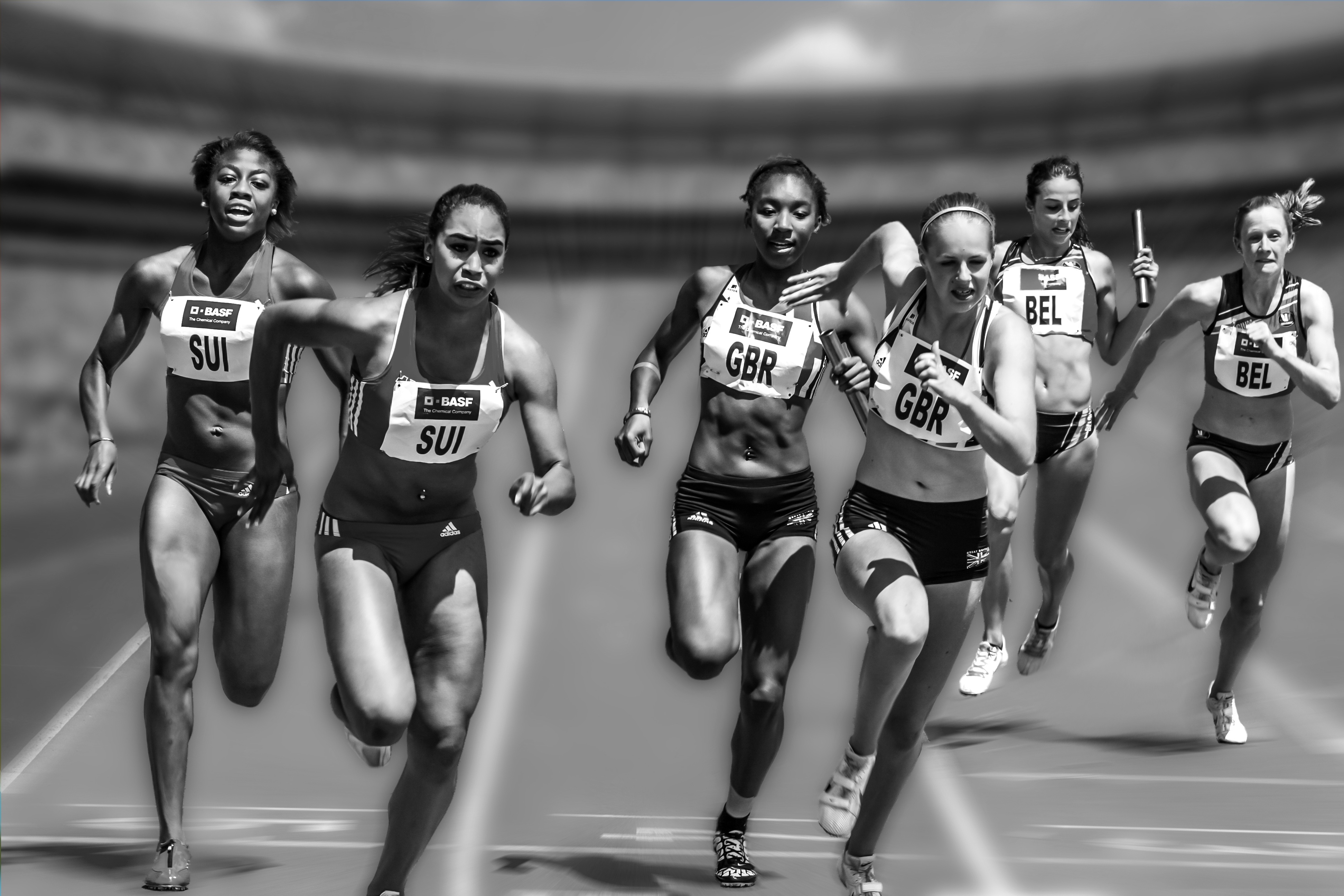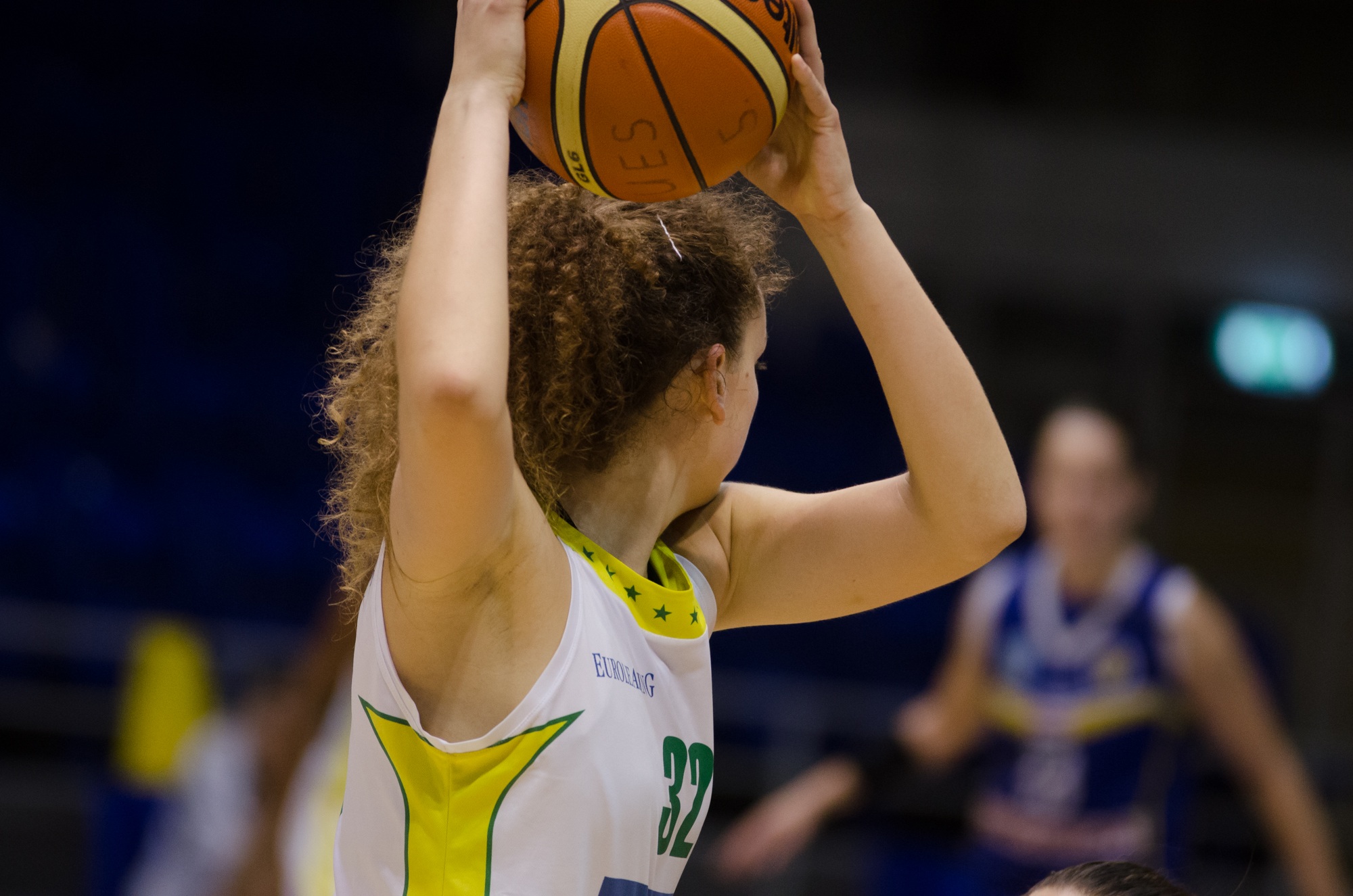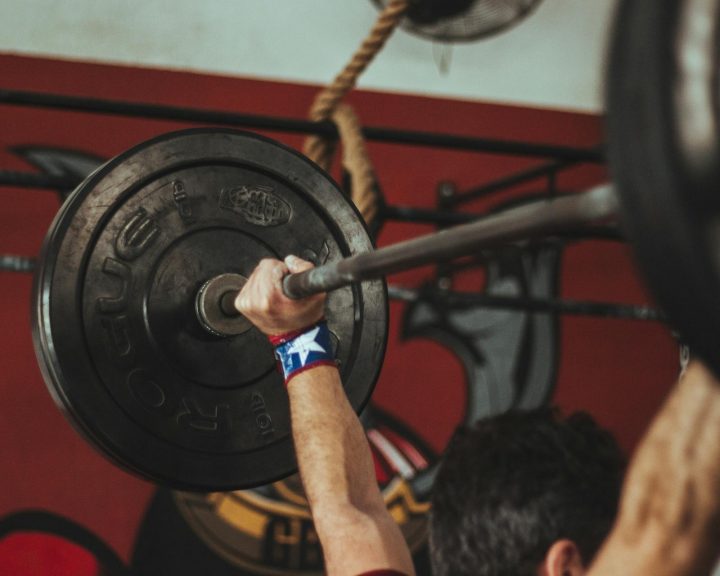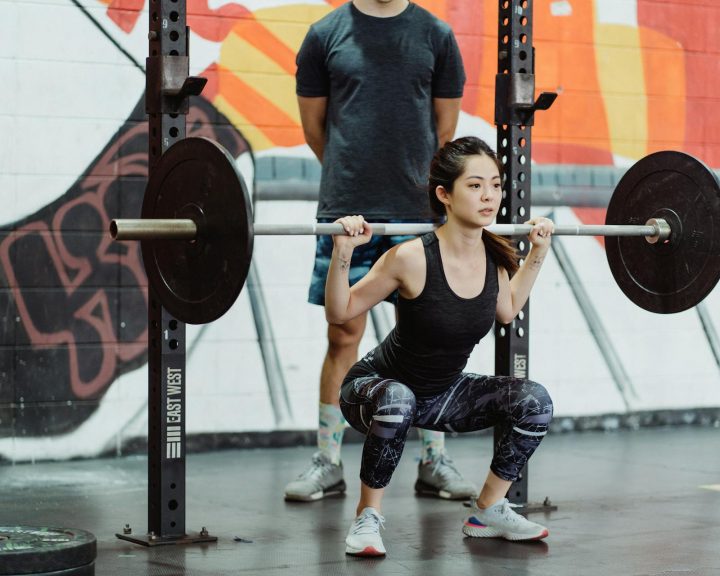Over the years I’ve heard that sprinting speed is a function of stride length and stride frequency. Various coaching philosophies consider one more important than the other, some consider certain aspects to be untrainable though not everyone agrees with that. With that as background, Otsuka et al performed a really interesting study looking at the contribution of stride frequency to performance in races compared to training.
The authors studied 19 collegiate sprinters (male had a mean personal best 100 meter time of 10.87 seconds, females had a mean personal best 100 meter time of 12.42 seconds). Two races were recorded at multiple events for each sprinter and training sessions involving 60, 80, and 100 meter sprints in training from the blocks. The camera was set up to record the first 60 meters of the sprint in each condition. This was used to calculate the average velocity, stride length, and stride frequency at the 50 meter mark for each sprinter.
Results:
- Subjects ran the races a little more than 3% faster than training.
- Subjects achieved a stride length that was approximately .5% greater in races than in training.
- Subjects achieved a stride frequency that was a little over 2% greater in racing than in training.
- Subjects spent approximately 3% less time on the ground during a race than in training.
- Subjects spent approximately 4% less time in the air during a race than in training.
What is all this telling us? First, in this study the sprinters are running faster in races than in training, which is good. It means that the sprinters are performing when and where they are supposed to and are turning it on during competition. If they weren’t able to do this (i.e. if they did better in training than competition) it would be a concern.
Second, the sprinters studied are achieving this greater velocity through greater stride frequencies as opposed to stride length. This is important, there is a philosophical debate about whether or not stride frequency is even trainable. This suggests that it might be a good idea to a) revisit this debate and b) focus some training time on this quality.
Finally, as the sprinters are improving their speed in competition when compared to training, they are spending less time on the ground (stance) and in the air, though these numbers are not always statistically significant.
This kind of study is not without limitations and these need to be carefully considered before drawing any “universal” conclusions or truths from this study. First, the results may only apply to this population. Keep in mind that while these are highly trained national-caliber sprinters, a mean 100 meter time of 10.87 is not competitive for a male sprinter in his twenties. So, just because they behave a certain way does not necessarily mean that this is ideal. Second, these results may only apply to the population studied. If I looked at elite sprinters, the results may be different.
Having said all that, it’s good to see real sprinters being studied under real-world conditions. The authors even shared what the weekly training program looked like in the study.
Otsuka, M., Kawahara, T., and Isaka, T. (2016). Acute response of well-trained sprinters to a 100-m race: Higher sprinting velocity achieved with increased step rate compared with speed training. Journal of Strength and Conditioning Research, 30(3), 635-642.





2 thoughts on “Is Stride Frequency More Important Than Stride Length?”
Fequency can only be trained until puberty , stride length can be trained at any age , i train my clients in 10 yard intervels , also deceleration is just as importand! Also spoed training can usually only be trained at maximal effort , unless i use a prowler push , learning proper shin and form including arm action is equally important!!
Sorry about this misspelling , but that fact if the matter is your cns is formed after puberty , proper shin angle and arm action are just as important , so it depends on age , and form , stride fequency limited to age , stride length any age , prowler push is a great tool to teach form , for shine angle and leg drive , there are lots of variables , age , form , tight hips etc … All effect both
Comments are closed.